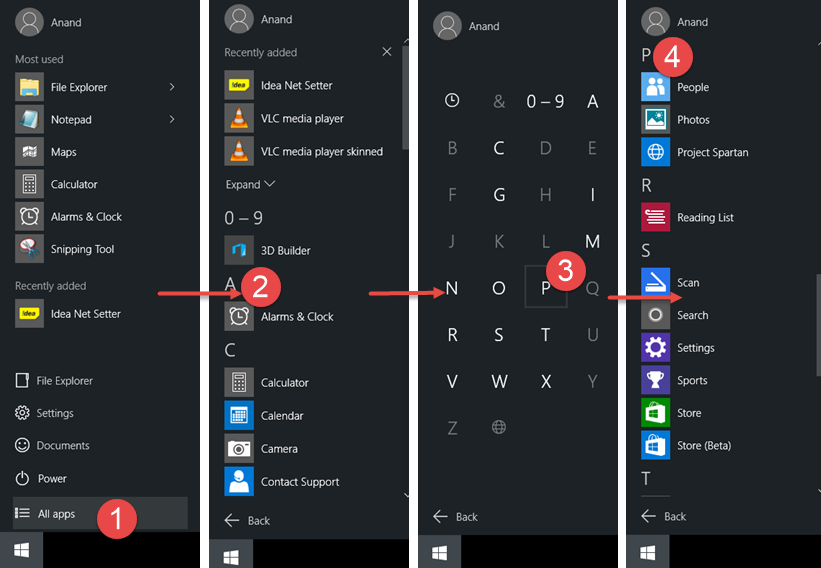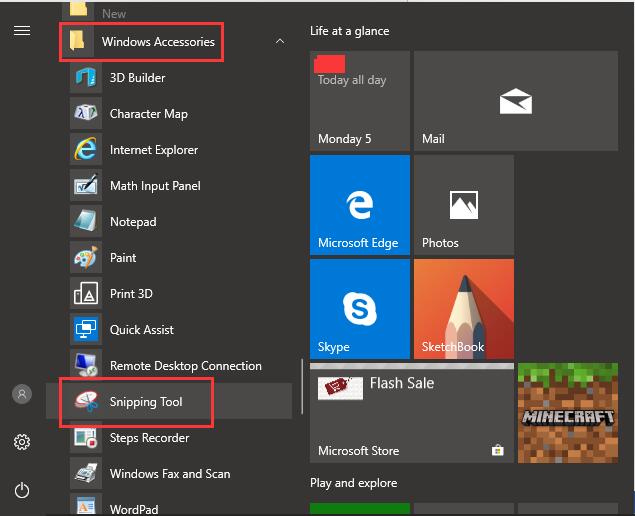

You’ll be able to find it by going to Start > Windows Tools. Starting with Insider preview build 21354, Microsoft announced it is changing the name of the “Windows Administrative Tools” folder to simply “Windows Tools” to organize admin and system tools better. It’s important to note that in future versions of Windows 10, Microsoft will be moving classic utilities and other tools again.

And for more tips on finding classic utilities, read our article on how to find Control Panel and other familiar Windows 7 tools in Windows 10. There you go! Also, note that you can find other traditional system utilities that you might have thought vanished, like the Windows Administrative Tools folder. Or, open File Explorer and paste the path into the address bar.Ĭ:\ProgramData\Microsoft\Windows\Start Menu\Programs\Accessories Then copy and paste the following in the Run dialog box and hit Enter or click OK. Open the Run dialog by using the keyboard shortcut Windows Key + R on your keyboard. Use the following to open the Windows Accessories folder up in File Explorer.

Click on the Windows Accessories folder to expand it and display all of its tools and apps. That will bring you to the “ W” section of the apps list. That will bring up a full menu of letters in alphabetical order. Click one of the app letters to find apps by the first letter on the Start menu. A list of apps and folders will be alphabetically listed on the left-hand column. Click the Start button or hit the Windows key on your keyboard to launch it. If you are running Windows 10 version 20H2 or below, the easiest way to find the Windows Accessories folder is on the Start Menu. In this new version of the OS, Microsoft has renamed the folder to “Windows Accessories.” Find Accessories Folder in Windows 10 The Accessories folder contains traditional apps like Paint, Notepad, Sticky Notes, Steps Recorder, Snipping Tool, etc.


 0 kommentar(er)
0 kommentar(er)
